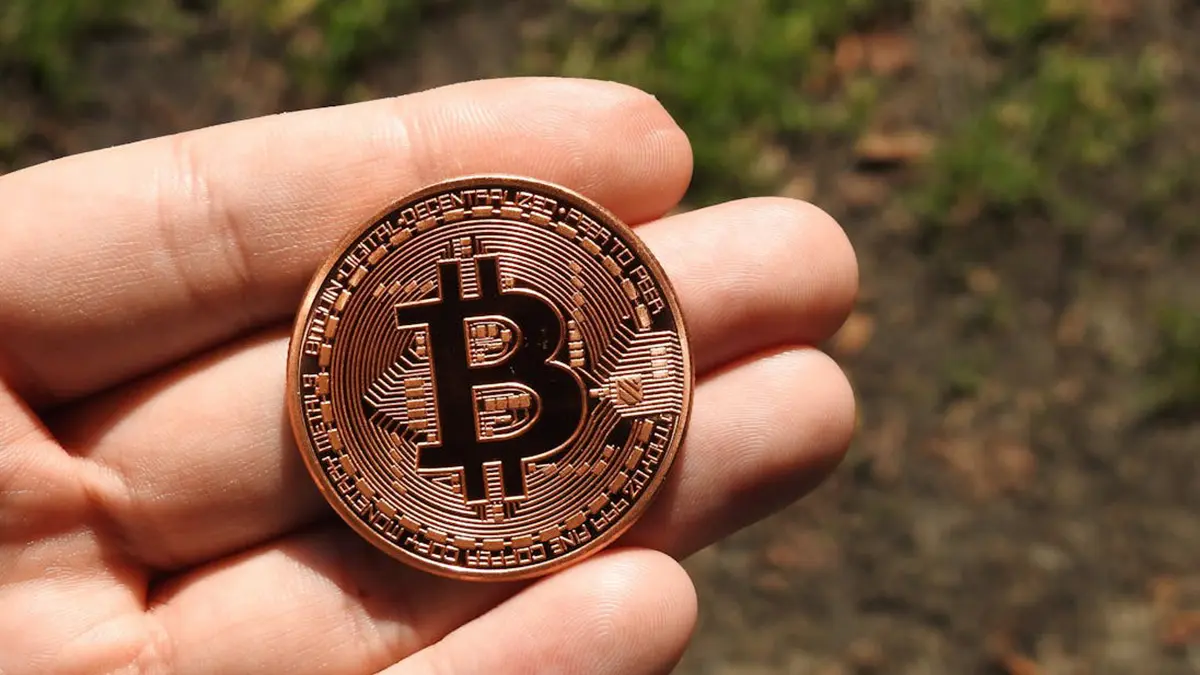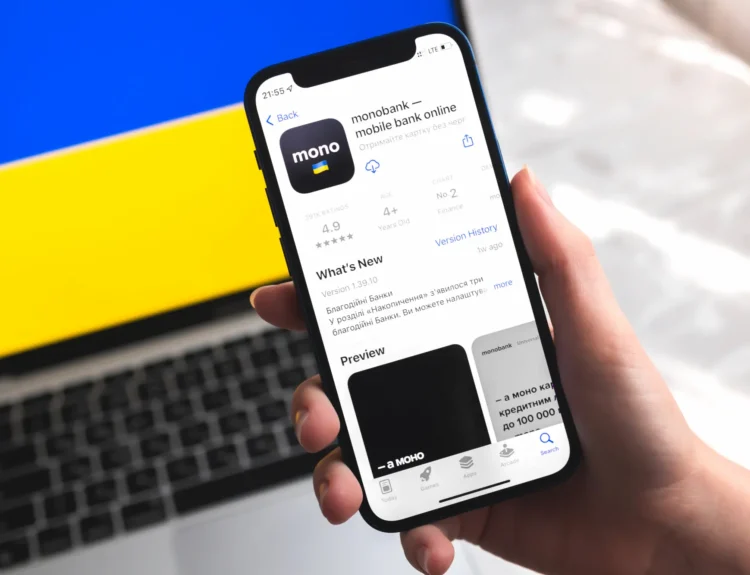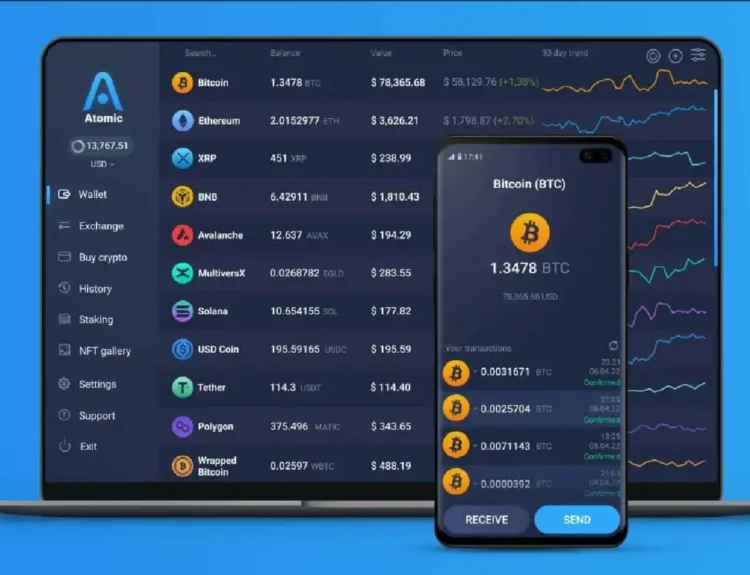The opportunity to earn through investments or arbitrage, convenient transfers, and confidential storage attract more and more people to cryptocurrency. To fully appreciate the advantages of using digital money, you first need to create your own crypto wallet. We will discuss the types, how to choose, and how to open one in this article.
What Is A Crypto Wallet
In this context, associations with regular wallets containing money are not quite accurate. It’s also not very similar to a bank account. A crypto wallet is a device or software that stores encrypted passwords necessary for interacting with the blockchain. Cryptocurrency always resides on the blockchain, and the wallet allows transactions with it.
Any crypto wallet encrypts passwords into keys and stores them so that only the owner can access the digital assets. One person can own an unlimited number of wallets. The choice depends on the purpose – for long-term storage, earnings through investments and arbitrage, and the type of digital currency and personal preferences of the owner.
How A Crypto Wallet Works
Regardless of whether the wallet is hardware, software, or an online service, it does not contain specific coins but only allows the owners of the keys to perform transactions with assets at cryptocurrency addresses. When transferring crypto, the owner actually transfers the right to the coins in the blockchain to the address of a specific crypto wallet.
The exact process depends on the crypto wallet interface. Usually, it’s a very simple procedure involving entering the recipient’s public address and the transfer amount, followed by transaction confirmation. It is crucial to enter the address code very carefully, as crypto transactions are irreversible.
Types Of Crypto Wallets
Crypto wallets are usually divided into two types – cold and hot. Cold crypto wallets include all solutions that do not require a constant internet connection – paper wallets, hardware solutions, etc. Hot crypto wallets operate through PC programs or mobile applications using the internet. They are perfect for beginners who are just starting to explore the world of crypto.
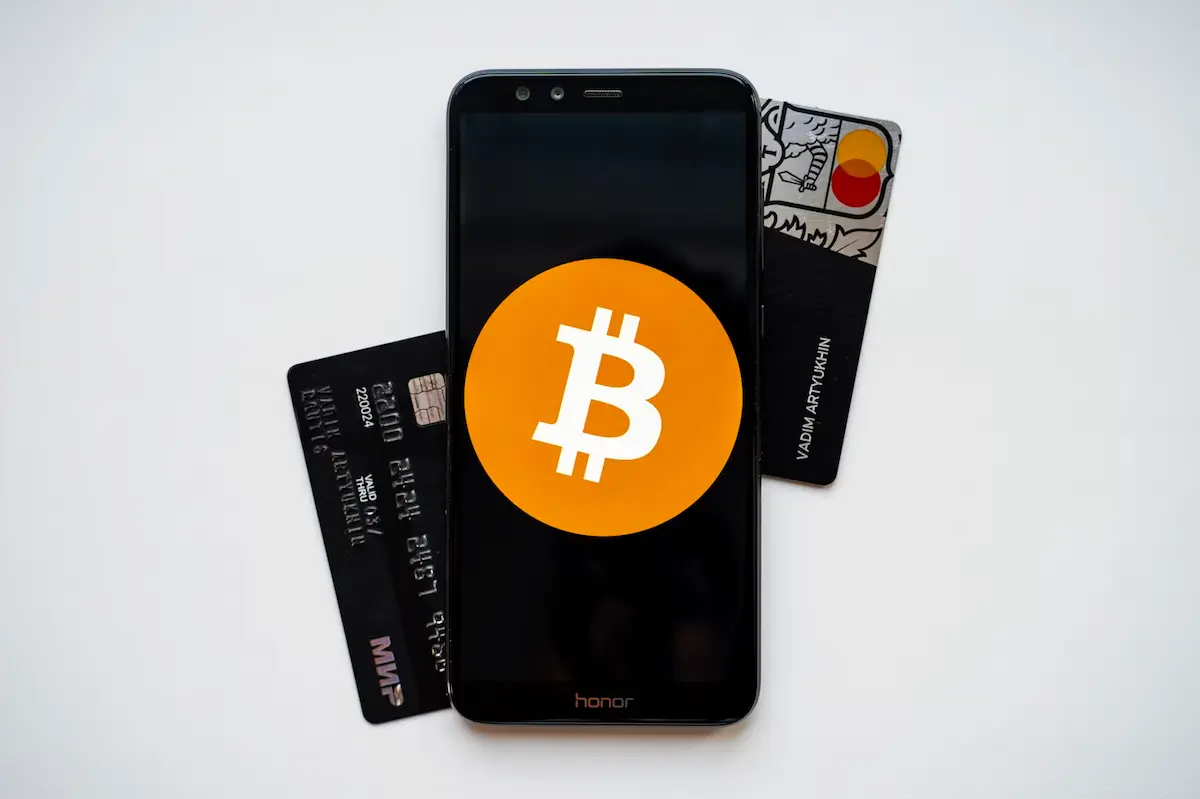
Crypto wallets are also categorized as custodial and non-custodial. Custodial wallets are managed by a specific company or cryptocurrency exchange. They store the keys and verify transactions, ensuring security but somewhat de-anonymizing the owner. A non-custodial wallet gives complete control over your assets and privacy, but if you lose your keys, you won’t be able to recover access to your currency.
How To Create A Cold Crypto Wallet
Cold crypto wallets are usually used for long-term storage of assets. You can create a paper crypto wallet yourself with a few steps:
- Generate a wallet on a special generator website and save it on your computer as a web archive.
- Go offline to prevent information leaks to the internet and generate public and private keys for receiving and sending funds.
- Print the ready codes on paper using your own or a highly secure printer.
A hardware crypto wallet needs to be purchased and connected to a computer or other gadget, then set up in a few steps:
- Download the program to your gadget from the manufacturer’s website.
- Select “set up a new device.”
- Create your own PIN code for access.
- Receive the Recovery Seed or recovery key, write it down, and save it in several places. It is necessary for accessing funds if the hardware device is lost.
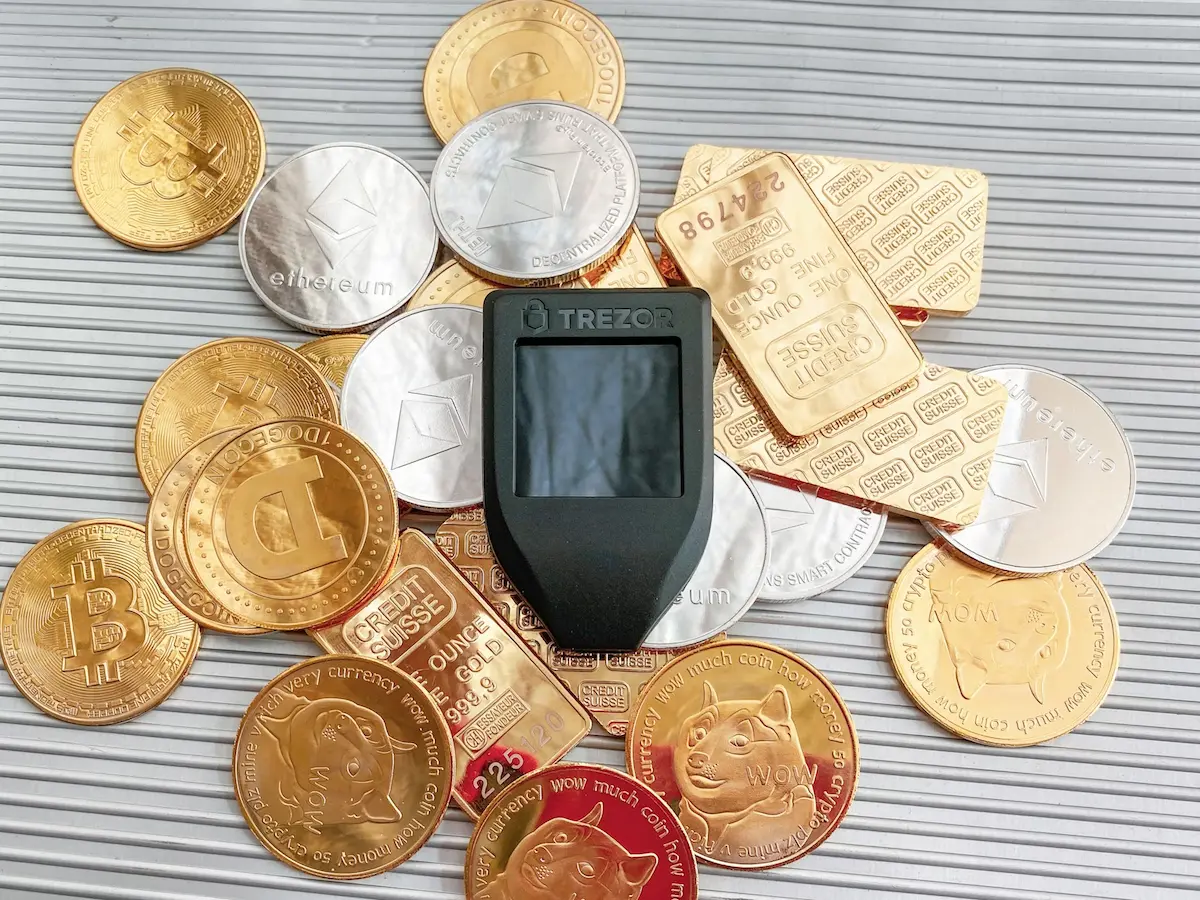
How To Create A Hot Crypto Wallet
This is the best choice for beginners and those planning to earn from trading. A software crypto wallet can be used on any device and allows for quick transactions. Web wallets, such as Robinhood, MyEtherWallet, and Magnum, do not require software installation and can be accessed through any browser.
To create a hot crypto wallet, follow these 6 steps:
- Go to the official website.
- Review the instructions.
- Provide your email address and create a password.
- Download the private keys (if any) and note the secret phrase.
- Save the important information in secure places.
- Confirm the registration.
Mobile crypto wallets work similarly, but the storage usually appears as a mobile app. Popular options like Trust Wallet, Exodus, and others are suitable for both iOS and Android. After downloading the app, run it, follow the steps provided by the program, and record and save the secret phrase.
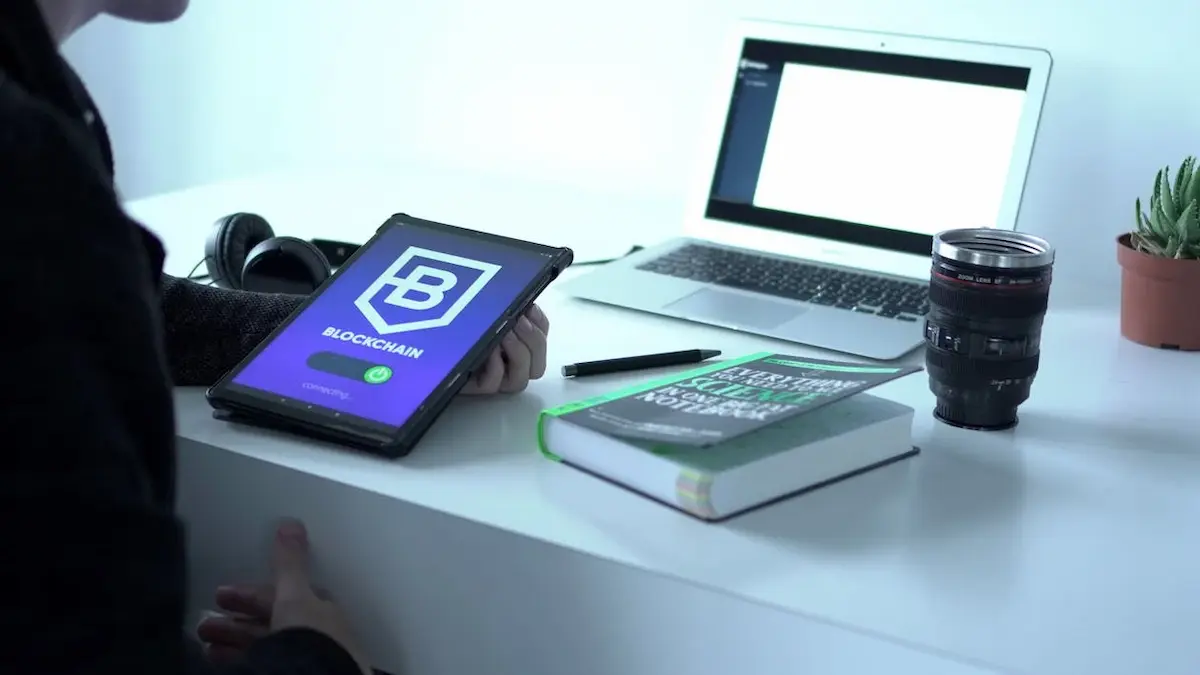
Desktop crypto wallets, such as Electrum, Bitcoin Core, and Exodus, are downloaded not to a smartphone but to a PC. The process is similar:
- Install the software.
- Run it.
- Follow all the steps provided during software installation.
When installing, it’s important to create a backup of the keys and save it in a safe place in case the computer breaks down.
Beginners can also keep their assets on a trading platform, such as a cryptocurrency exchange. The process of creating such a wallet slightly differs across platforms, but usually, you need to provide an email address and add payment methods. Sometimes, the exchange also requires user identity verification and a phone number.
Learn how to use Atomic Wallet by reading our article.
How To Create A Crypto Wallet – Video
To understand how to create your first crypto wallet, watch the short video.
Conclusions
A crypto wallet does not contain cryptocurrency but allows the owner to manage assets through their own keys. The transaction process depends on the wallet interface. Crypto wallets are divided into cold and hot, custodial and non-custodial. The choice depends on the user’s needs and the level of security they desire.
FAQs About Crypto Wallets
Cold hardware crypto wallets are considered the most secure as they store private keys offline, out of the reach of the internet.
Some ways to protect include using strong passwords, two-factor authentication, updating software, and storing private keys in a secure place.
To transfer cryptocurrency, open your current wallet, select the “Send” option, enter the recipient’s address and transfer amount, then confirm the transaction.
To top up a crypto wallet, use the “Receive” option, which usually provides an address to send cryptocurrency from another wallet or exchange.

